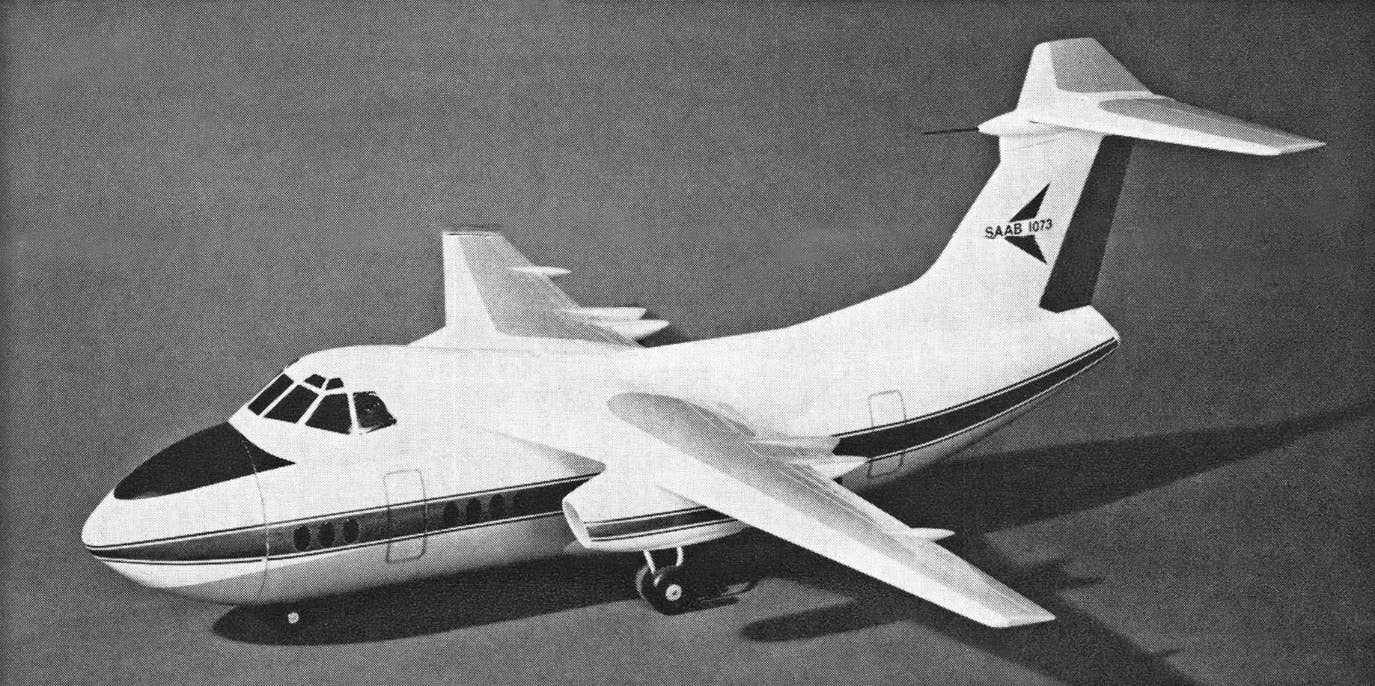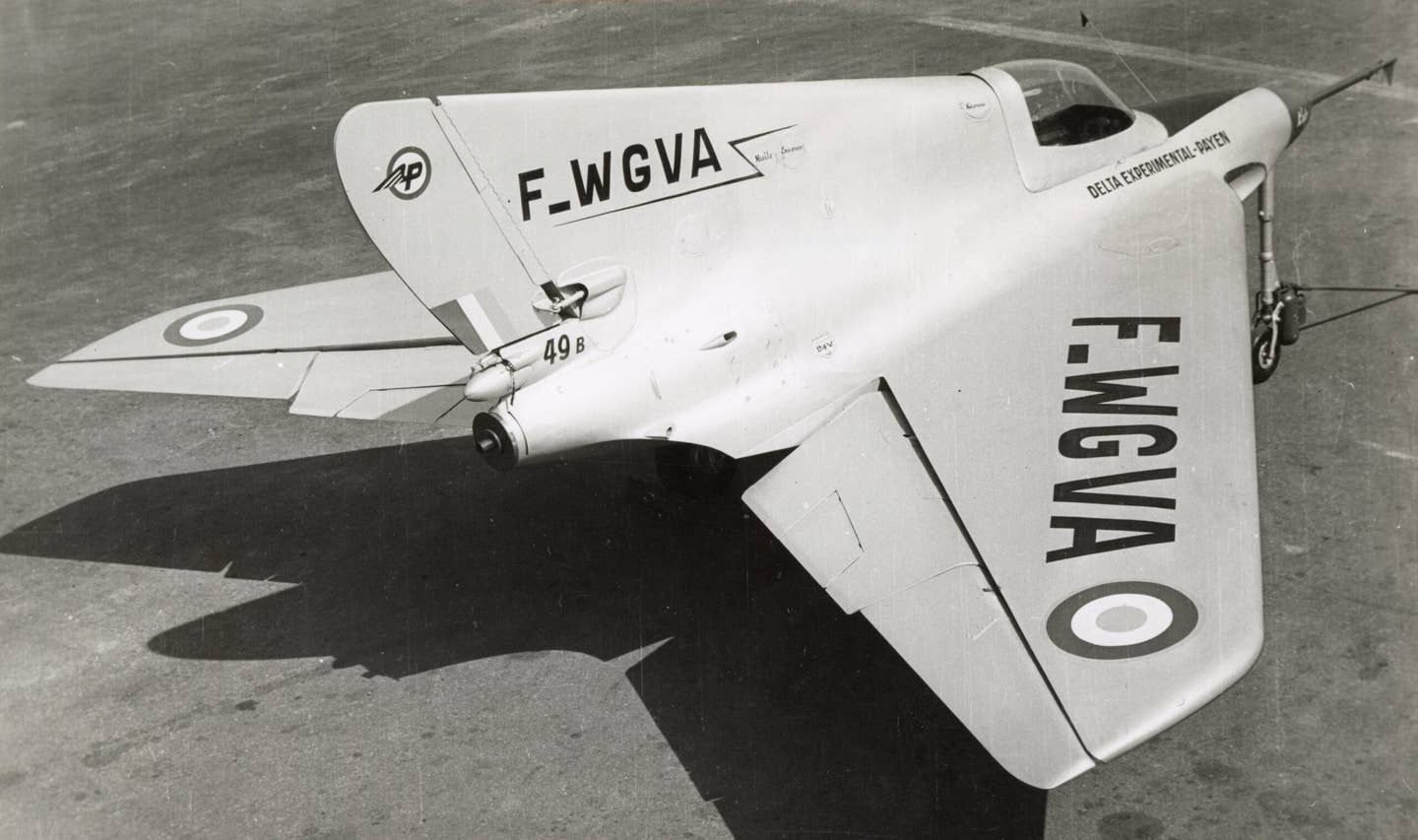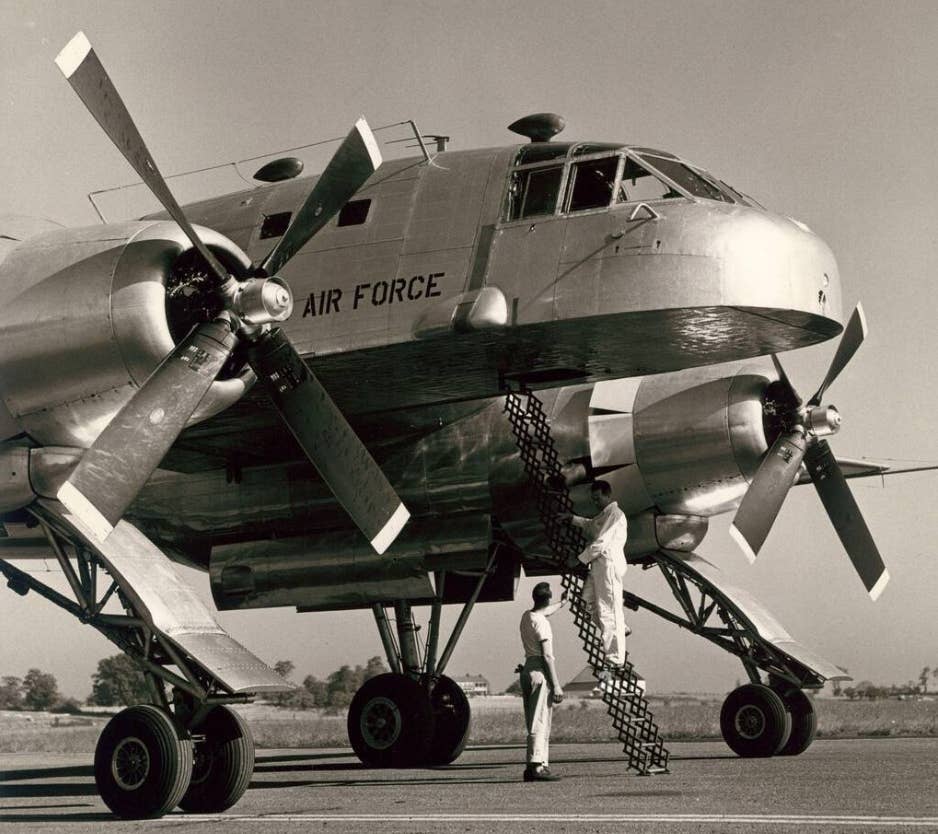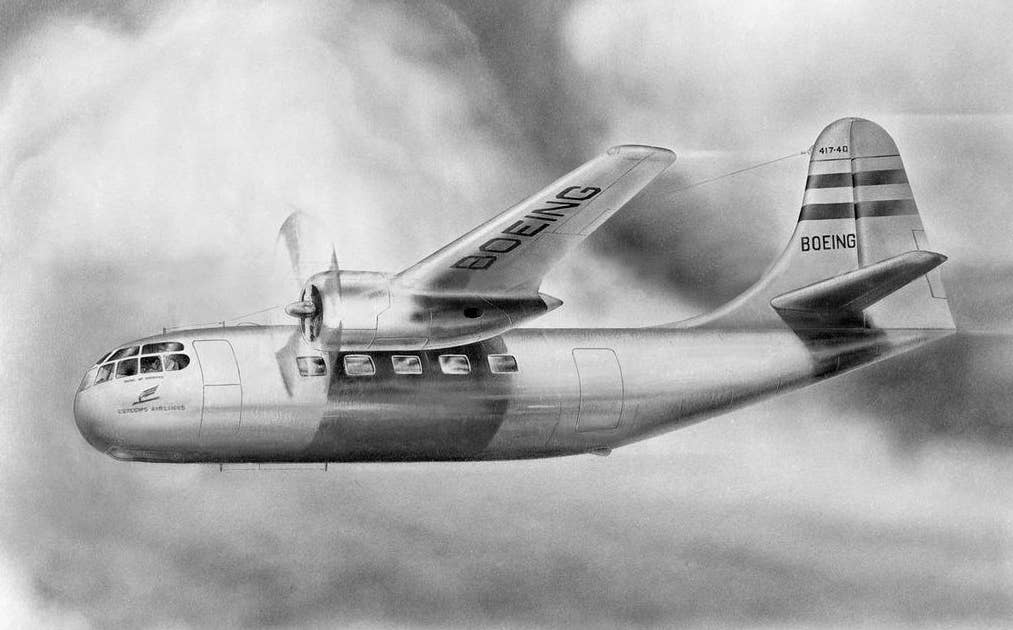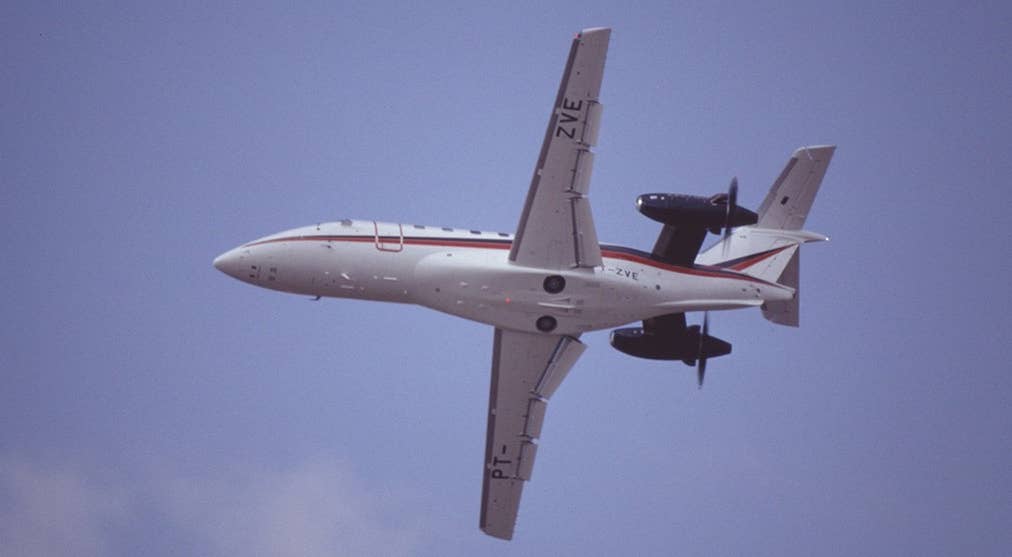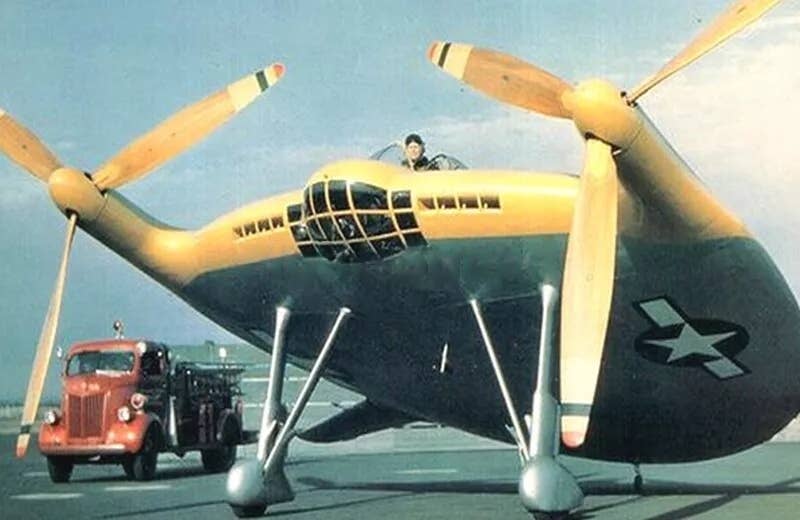The Quiet Little Life of NASA’s QSRA
NASA’s Quiet Short-Haul Research Aircraft was designed to navigate inner-city airports in dense population centers.
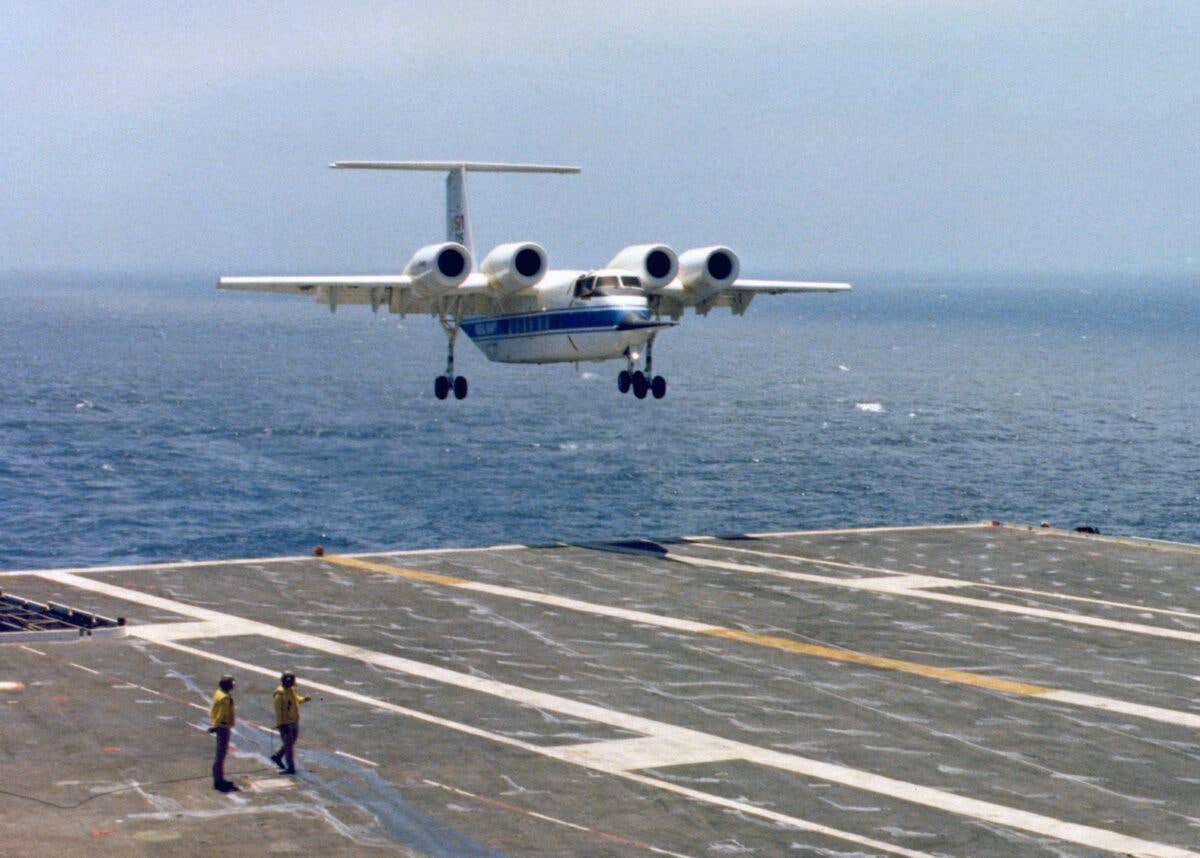
Among the QSRA’s more unique testing was that conducted aboard the USS Kitty Hawk, in which the unique control systems were evaluated for use in Naval aviation. [Credit: NASA]
It would surely require a unique set of circumstances to convert a utilitarian twin-turboprop cargo airplane into a swept-wing four-engine jet. It would be especially peculiar if these modifications resulted in a maximum cruise speed of only 160 knots and a maximum range of only 256 miles. But in the late 1970s, this is precisely what occurred when NASA designed and built the Quiet Short-Haul Research Aircraft, or QSRA.
The genesis for this unique aircraft occurred when researchers around the world were investigating the concept of inner-city airports. These airports, sometimes called STOLports, were envisioned to become the next evolution of air transport. Proponents claimed that by building smaller airports in urban centers, population centers could be more easily and quickly connected with the larger air travel network.
Because such airports would be limited in footprint, they would utilize shorter runways. And because the population surrounding these airports would be so dense, any aircraft utilizing them would have to be significantly quieter than existing types. These design constraints were among the key areas of study in the QSRA program, and NASA’s job was to explore how such aircraft might be designed and certified.
NASA was constrained by a tight budget, so when it discovered that it could acquire a deHavilland Canada C-8A Buffalo at no cost from the National Center for Atmospheric Research, they seized the opportunity. Their tactical frugality continued with the discovery of six used AVCO-Lycoming YF-102 turbofan engines left over from the Northrop A-9A prototype ground attack jet. As the A-9A had lost the military contract for which it was competing to the A-10, the engines were available and were provided to the QSRA team at no cost.
Now in possession of an airframe and engines, all that was left to do was design a wing and assemble the aircraft so testing could commence. NASA contracted Boeing to design and fabricate the wing. Rather than utilize a traditional straight wing as was originally fitted to the Buffalo, the QSRA was fitted with a swept wing that incorporated a complex system of flaps and Boundary Layer Control, or BLC.
The BLC system would divert bleed air from the engines to small nozzles positioned on top of the wing ahead of the flaps and ailerons. This bleed air would help to keep the boundary layer attached, delaying the onset of a stall, increasing control surface effectiveness, and enabling flight at slower airspeeds. In addition, the engines would be placed on top of the wing to utilize the Coanda effect, an aerodynamic effect deflecting thrust downward and increasing lift.
NASA recognized high-speed cruise efficiency would provide little value to the program. They also anticipated the steep approaches and high rates of descent necessary for their testing could easily result in significantly greater impacts upon touchdown. Accordingly, they modified the landing gear to be non-retractable and strengthened it to withstand firm landings that would routinely exceed 700 feet per minute.
The first flight of the QSRA took place on July 6, 1978, at Boeing Field in Seattle. A wide variety of testing followed shortly thereafter to fulfill data gathering for a number of projects. These projects ranged from the compilation of data to help regulatory agencies establish certification criteria for future STOL airliners to measuring the effects of steep approaches and departures on noise footprints.
The performance of the QSRA was impressive—65-knot approach speeds were standard, and low-speed flight was demonstrated down to only 50 knots. This is particularly notable as the aircraft’s maximum takeoff weight was 60,000 pounds—a full 7,000 pounds heavier than a fully-loaded, 50-passenger CRJ200 regional airliner.
Maximum-performance takeoffs resulted in ground rolls of 664 feet, and STOL landings produced ground rolls of only 550 feet. But the ability to utilize shorter runways wasn’t the only goal. In order to reduce the noise footprint during approaches and departures to and from urban airports in densely-populated cities, the team wanted to evaluate the feasibility of utilizing a steep, 7.5 degree approach path as opposed to the standard 3 degree glideslope.
As these tests were conducted, the team discovered that such approaches could reduce the aircraft’s noise footprint by 80 to 90 percent. This steep glideslope, they noted, would place the aircraft more than twice as high as a conventional passenger jet at any point along the approach. NASA even suggested touching down at the runway midpoint or performing spiraling descents directly above the airport to confine the noise footprint to that of the airport itself and thus not affect adjacent communities. It is unclear whether the team considered the effect such approaches might have on the passengers aboard.
The QSRA would go on to conduct a wide variety of testing. In addition to studying controllability and noise footprints, it was even utilized for a joint NASA/U.S. Navy test program in which it flew onto and off of the USS Kitty Hawk aircraft carrier. This particular testing evaluated the use of advanced propulsive-lift technology, and the QSRA successfully completed a series of unarrested landings and unassisted takeoffs from the carrier deck.
When the last test programs were completed, the QSRA was retired and put out to pasture. Today, visible on Google Maps, it resides on a quiet ramp at the NASA Ames facilities at Moffett Field in Mountain View, California, weathered from the elements but otherwise intact. With any luck, it will one day be fully restored and put on display indoors where future generations can fully appreciate the work it and its teams conducted.

Sign-up for newsletters & special offers!
Get the latest FLYING stories & special offers delivered directly to your inbox

